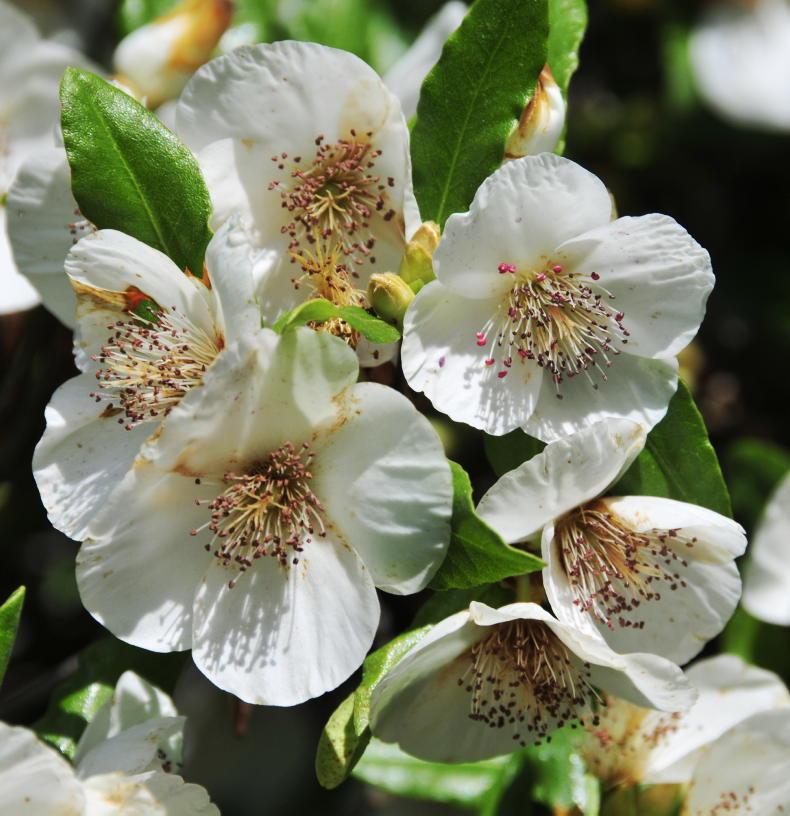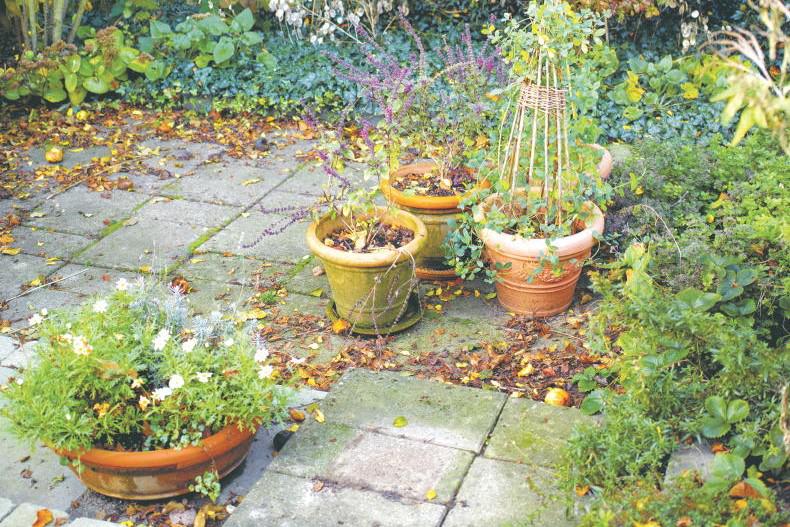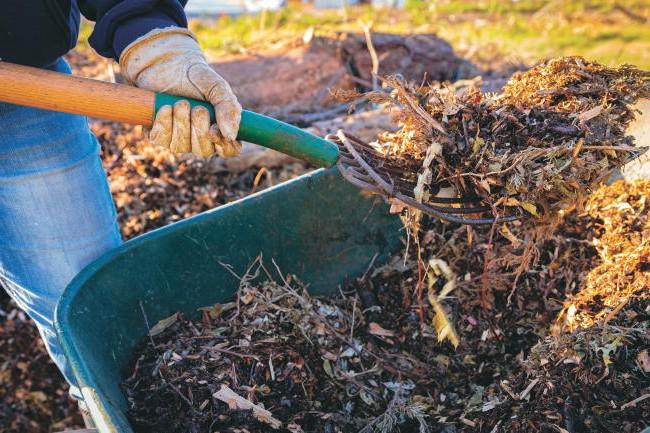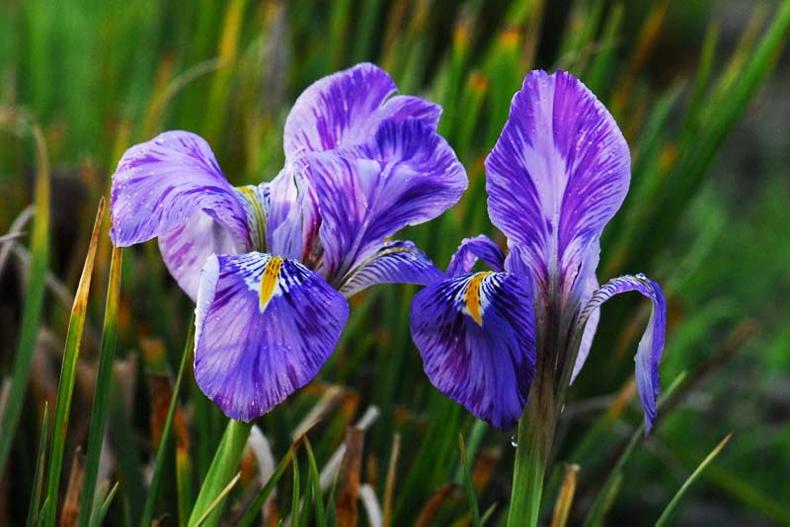Name: Known in its native Chile as ‘roble de Chile’ or ‘ulmo’, eucryphia makes a fine show of dark green foliage with white flowers. The botanical name is used generally as a common name.
Family: Eucryphia is part of the family Cunonicaeae, which is a group of tropical species, known as leather leaf, and this name is occasionally used for eucryphia.
Garden value
The two main kinds available are hybrids. Two Chilean species, one evergreen and one deciduous, were hybridised to give eucryphia nymansensis, a vigorous columnar evergreen tree, capable of reaching well over ten metres.
The other kind that is offered for sale is eucryphia intermedia, which is a hybrid between a Chilean species and a Tasmanian species. This is a smaller tree, quick-growing but with smaller leaves and reaching smaller size, about six metres.
Neither of these trees are standard items in garden centres, but they are not rare either.
They are available from time to time and could be ordered, especially from garden centres that specialise in the more unusual plants.
There is another very pretty species called eucryphia lucida, which has somewhat smaller flowers, not the 5 cm flowers of the two widely grown species.
This species has the bonus of sometimes producing pink-flowering forms, and it is often still in flower, at least having a few flowers present, until the end of the year. It is smaller and less densely clothed with leaves.
The eucryphias are mostly seen in some of the big gardens open to the public or in the gardens of keen gardeners; they are not often seen in ordinary gardens.
And this is a pity because they are such magnificent trees, and not all that difficult to grow.
Growing eucryphia
The eucryphias enjoy a good sunny, sheltered position in good soil that does not dry out in summer, but must be well drained too.
They prefer acid soil but will grow on limy soil too, especially eucryphia nymansensis, and particularly if lots of humus is dug into a wide area before planting and mulch used afterwards.
In choosing a place for a eucryphia, bear in mind that it will make a sizeable tree in time, about the same as a holly tree.
It will take three or four decades to reach full size but when it does, the beauty of the tree is in its shape and lovely foliage, as well as the masses of flowers.
If it is squeezed into space where it has to be pruned, the ornamental value of the tree will be reduced and flowering may be interfered with.
Two famous eucryphia varieties are named after Irish gardens in which they were raised.
The smaller of the two is eucryphia intermedia ‘Rostrevor’, named after the Co. Down garden of the same name.
The other is eucryphia nymansensis ‘Mount Usher’ after the Co. Wicklow garden, both are good places to see mature eucryphias.

Few plants offer a return as quickly as bulbs. Planted now, they will flower next spring, bringing an instant boost to the garden, especially invaluable in a new garden.
At the same time, bulbs can also be very long-lasting. It is not unusual to see flower bulbs, especially daffodils and bluebells persisting long after a house has gone to ruin.
The main ways to use bulbs are to plant formally into flower beds, or informally in borders, to naturalise them in grass, or under trees, and to plant in pots, both for outdoor use or indoors.
Tulips are the most formal of the spring bulbs and ideal for formal flower beds. Daffodils, crocuses, snowdrops, scillas and anemones are best in naturalised plantings.
Tulips, crocuses, hyacinths, ranunculus and the smaller daffodils are very good in pots. Hyacinths and dwarf iris can be forced for early flowers indoors.
When choosing bulbs for outdoor use, avoid mixing colours of the same kind unduly.
While two or three kinds of daffodil or narcissus are fine, especially if they follow each other in flowering, a mix of colours, kinds and flower types can appear very messy.
Try to have the attention on one kind of bulbs at a time. The sequence might go as follows: snowdrops, crocus, hyacinths, scillas, daffodils, tulips and alliums.
Flowers
Spring bulbs are now available and should be planted as soon as possible. Give a last liquid feed to hanging baskets and other containers to help them to continue to flower for several weeks still. Many perennial flowers can be raised from seeds collected now.
Trees, shrubs and roses
Prepare areas of ground for planting trees and shrubs during the autumn. Prune rambler roses that have finished flowering and they will flower better next year. Check that young trees are securely staked and the tree ties are not rubbing the stem.
Lawn
As lawns recover from the dry weather of July last, apply an autumn lawn fertiliser with low nitrogen if the lawn is looking tired. This will set up the lawn nicely for the rest of the autumn and winter. This is the ideal time of year to sow a new lawn.
Fruit and vegetables
Pick apples and pears as they come ripe and use the fruit as much as possible, give it away if necessary. Plant spring cabbage plants during the next two weeks or so. Prune raspberries, blackcurrants and gooseberries, retaining the younger shoots.
Greenhouse and house plants
Do not feed house plants any more and make sure not to have them standing in water. Tidy up the greenhouse now and do not over-water or splash water about. Allow only existing fruits to develop on tomatoes, no small ones, and remove lower leaves.









SHARING OPTIONS